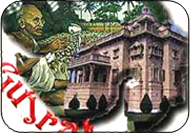 Day 01: Arrive at Ahmedabad
Day 01: Arrive at Ahmedabad
Evening arrive at Ahmedabad - Sardar Vallabh Bhai Patel international airport.
Ahmadabad - Welcome to the commercial and cultural capital of Gujrat. Nestled in the heart of Gujarat, this zesty city provides one with a generous buffet of stimulation that swears to enliven all the five senses. A day here is like living through an enigmatic and passionate dance between the old and the contemporary, the virtuous and the ruthless, the peaceful and the chaotic, the artistic and the crude, the spiritual and the material. Ahmedabad has many monuments constructed using a blend of Hindu and Muslim influences and also served as a base for visitors wishing to travel to the white desert of Gujrat. Its local flavor, friendly people and sunny weather make it an interesting destination for any traveler.
On arrival at the airport you'll greet and assist by our representative and transfer to hotel. Where our executive will explain the travel plan in detail and hand over the essential documents (Tour programme, hotel's vouchers, feedback report etc) to you. Rest of the day free to relax at hotel. Overnight at hotel.


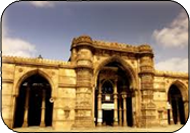 Day 02: Ahmedabad
Day 02: Ahmedabad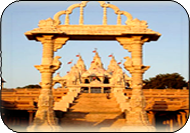 Day 03: Ahmedabad - Bhavnagar (168 Kms / 3.5 hrs)
Day 03: Ahmedabad - Bhavnagar (168 Kms / 3.5 hrs)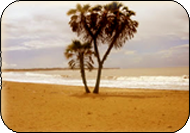 Day 04: Bhavnagar - Diu (203 Kms / 04 hrs)
Day 04: Bhavnagar - Diu (203 Kms / 04 hrs)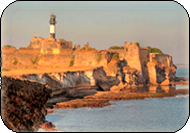 Day 05: Diu
Day 05: Diu  Day 06: Diu - EXCURSION VISIT TO GIR NATIONAL PARK
Day 06: Diu - EXCURSION VISIT TO GIR NATIONAL PARK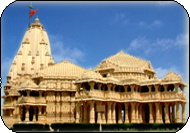 Day 07: Diu - Somnath - Junagarh (116 Kms)
Day 07: Diu - Somnath - Junagarh (116 Kms)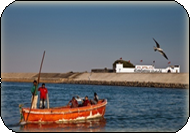 Day 08: Junagarh - Porbandar - Dwarka (255kms )
Day 08: Junagarh - Porbandar - Dwarka (255kms )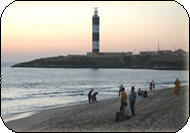 Day 09: Dwarka
Day 09: Dwarka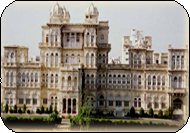 Day 10: Dwarka - Jamnagar - Wankaner (250kms )
Day 10: Dwarka - Jamnagar - Wankaner (250kms )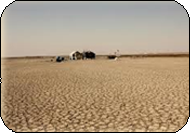 Day 11: Wankaner - Bhuj (200 Kms)
Day 11: Wankaner - Bhuj (200 Kms) Day 12: Bhuj - EXCURSION TO RANN OF KACHCHH
Day 12: Bhuj - EXCURSION TO RANN OF KACHCHH